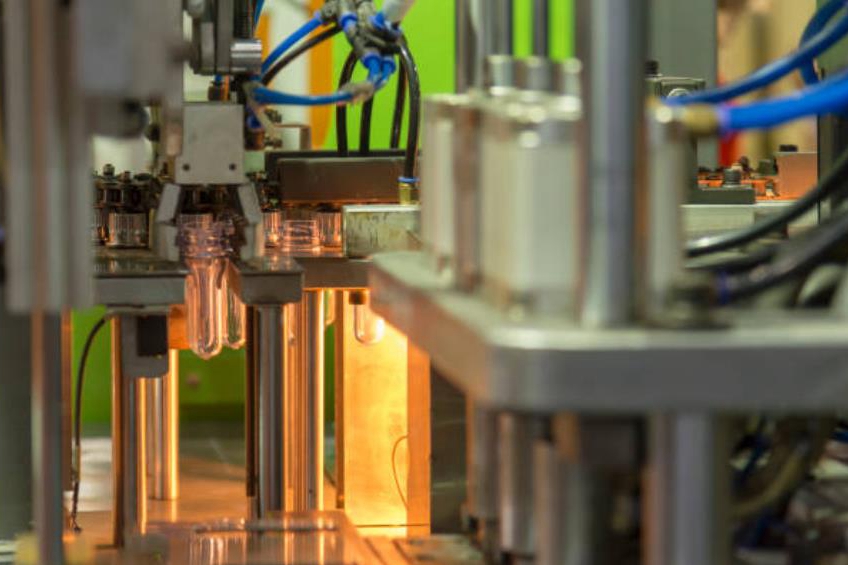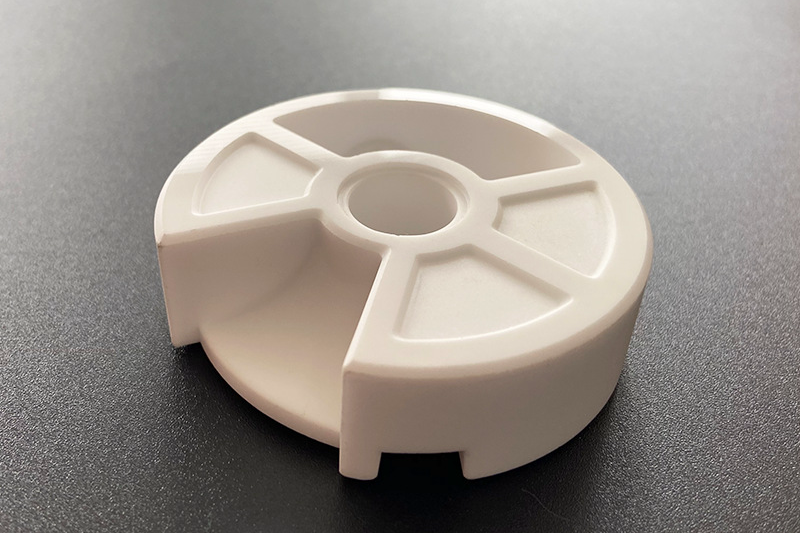What material and design factors matter for high-current LED driver connections?
High-current LED driver connections must handle elevated electrical loads while maintaining thermal stability, low contact resistance, and long-term reliability in outdoor or enclosed lighting systems. From an engineering standpoint, the connector must efficiently manage both electrical conduction and heat dissipation, making material selection and design geometry equally critical. Custom solutions often combine conductive metals, such as those via metal injection molding or precision casting, with thermally stable polymers molded through injection molding to achieve safe insulation and robust terminal fastening. High-current LED systems require secure locking structures, pressure-controlled contacts, and optimized heat flow to ensure stable performance over thousands of power cycles.
Material Selection for Electrical Performance
Copper-based alloys offer the best conductivity for terminal pins. Through copper alloy casting or MIM W-Cu, connector pins gain both high strength and low electrical resistance. For structural housings, PBT, nylon (PA) and PC-PBT blends are commonly used thanks to their dielectric properties and heat resistance. Where tight tolerances and dimensional stability are required, glass-fiber-reinforced materials processed via injection molding ensure consistent part geometry. Metal brackets that support heavy LED drivers can be efficiently shaped by sheet metal fabrication or aluminum die casting when integrated heat sinks or mounting points are required.
Design for High Current and Thermal Management
Connectors must maintain low contact resistance to prevent excessive heat buildup. Optimized contact geometry, often achieved through spring-loaded or double-contact structures, is typically produced using MIM-420 or MIM 17-4 PH for enhanced strength and wear resistance. Thermal dissipation can be enhanced by using fins or integrated ribs formed from cast aluminum or 3D-printed aluminum. In enclosed lighting housings, thermal interface materials (TIMs) and passive cooling pathways must be strategically placed to avoid hotspot formation near terminals or power supply components. For prototypes, CNC machining prototyping enables geometry validation before volume production.
Surface Treatment for Contact Reliability
To ensure low resistance over the long term, terminal surfaces must resist oxidation. Electroplating and PVD coating on contact areas reduce wear during repeated mating cycles. External housings can use anodizing or powder coating for enhanced corrosion protection when exposed to outdoor conditions. For conductive pins exposed to high currents, protecting surfaces from oxidation maintains stable conductivity and temperature control, especially under constant dimming or switching loads.
Design Guidelines to Ensure Connection Stability
Use copper alloys or W-Cu materials for terminal pins to strike a balance between strength and conductivity.
Ensure multi-point or spring-loaded contact geometry to lower resistance under vibration or load fluctuations.
Validate heat paths via simulation and physical testing using prototyping and 3D printing prototyping.
Apply protective surface treatments to retain conductivity in humid or high-temperature environments.
Design for manufacturability using processes such as overmolding or insert molding to reduce assembly errors.



